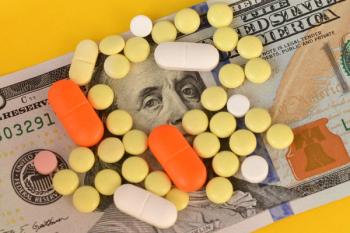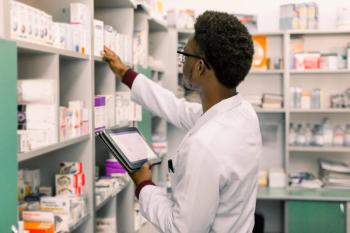
Consumer Reports Says Imported Drugs Are “Risky”
New results contradict HHS and FDA plans.
Even though the Trump Administration
Buying drugs from other countries-which is still illegal per FDA-can be risky, according to the National Association of Boards of Pharmacy, Consumer Reports
Of more than 11,000 websites selling prescription medications reviewed by NABP, 95% operate outside U.S. state and federal laws-meaning that most did not require prescriptions or were selling foreign drugs or drugs not approved in the U.S.
In a recent review of more than 100 online pharmacies that claim to be shipping drugs from Canada, NABP found that most appear to source the drugs they sell from countries known to sell many counterfeit or adulterated drugs, such as India, Consumer Reports writes.
Plus, the U.S. Department of Justice found a company called Canadian Drugs, through its subsidiary River East Supplies, guilty of distributing counterfeit cancer medications in the U.S. DOJ testing of the drugs ordered from that company found no active ingredient, Consumer Reports says.
Trending:
“Consumer Reports has long supported efforts to lower drug costs by promoting greater competition so consumers have more choices. And allowing imports from Canada and other countries can help, as long as drug safety is assured, says George Slover, senior policy counsel at Consumer Reports,” Consumer Reports says.
Until such an importation plan is put in place, “instead of taking unnecessary risks by ordering medications outside of the U.S., consumers should consider some of the other, safer ways to save on their prescriptions, including drug manufacturers’ discounts and other coupons,” Consumer Reports writes.
“If you have employer-provided health insurance, discount coupons offered by pharmaceutical companies can help cover the co-pay of your drug. These offers can be for otherwise expensive medications,” Consumer Reports writes.
“If you don’t have health insurance, are enrolled in a high-deductible insurance plan, or if your insurance doesn’t cover the drug you need at all, using a pharmacy discount card may be a way to sharply lower your out-of-pocket costs.
For patients who have to pay for prescriptions out-of-pocket, “try asking the pharmacist for a better price or if there is a discount program he or she can apply,” Consumer Reports says.
Newsletter
Pharmacy practice is always changing. Stay ahead of the curve with the Drug Topics newsletter and get the latest drug information, industry trends, and patient care tips.





























































































































